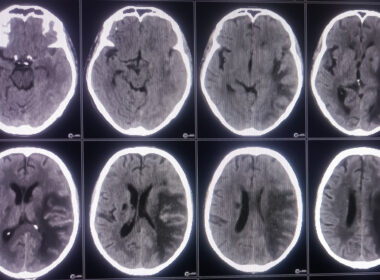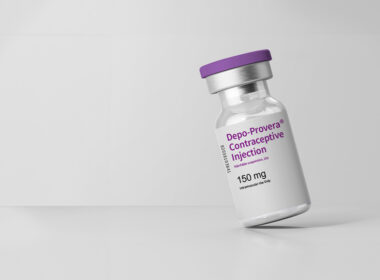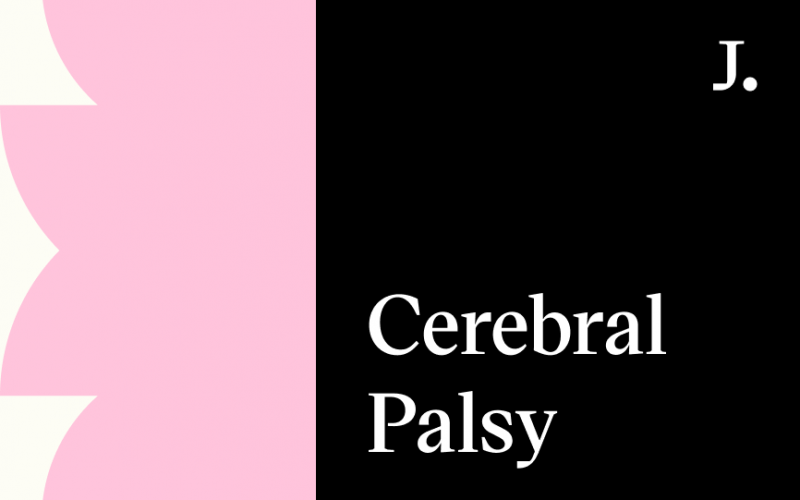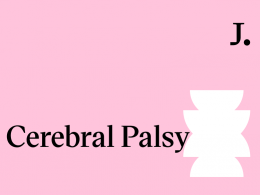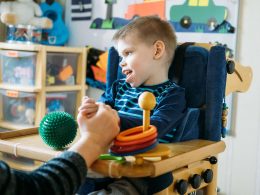People with cerebral palsy can experience a seizure disorder known as epilepsy. The exact manifestations of epilepsy will vary, and some children may grow out of the condition as they get older. Parents of children with cerebral palsy can work closely with doctors and other medical professionals to develop individualized treatment plans to help reduce symptoms.
Doctors will work to determine what medications and treatments will best serve a child who has cerebral palsy and epilepsy. The treatment plan may change over time, and the need for medications to treat epilepsy may also become unnecessary.
Epilepsy and its Connection to Cerebral Palsy
Cerebral palsy impacts the nerves of the body. People with cerebral palsy may have stiff muscles and problems with posture or balance. Children with cerebral palsy may experience several additional issues, such as epilepsy, which happens in 25 to 45 percent of cerebral palsy cases. Doctors may diagnose a child with epilepsy after two or more seizures. The type of seizures a child experiences will impact the treatment plan.
Types of Epileptic Seizures
Seizures are characterized by temporary abnormal brain activity. The electrical activity of the brain fluctuates and can lead to a variety of symptoms and behaviors. For example, people having seizures may experience muscle spasms and be unaware of their surroundings.
There are different types of seizures. Doctors classify seizures into two broad categories: generalized and partial. Within these categories, there are further classifications.
Generalized seizures affect both sides of the brain, while partial or focal seizures impact only one part of the brain. Seizures may be further categorized based on the area of the brain affected and the symptoms someone experiences.
Types of Generalized Seizures
There are a few different types of generalized seizures, including the following:
- Petit mal seizures, which are also called absence seizures
- Tonic seizures
- Atonic seizures
- Myoclonic seizures
- Clonic seizures
- Tonic-clonic seizures, which are also called grand mal seizures
Petit Mal (Absence) Seizures
Typically, the symptoms of a petit mal seizure are mild and do not involve drastic motor movements. For example, children experiencing petit mal seizures may stare blankly. They may blink their eyes rapidly and not be aware of their surroundings.
Tonic Seizures
Tonicity has to do with muscle contraction and muscle tone. When people experience tonic seizures, they experience increased muscle stiffness. During a tonic seizure, a person might fall due to muscle contraction.
Atonic Seizures
Atonic seizures have to do with a lack of muscle tone. In an atonic seizure, the muscles in a person’s body relax, and they lose muscle control. Because of this, a person experiencing an atonic seizure may suddenly collapse.
Myoclonic Seizures
When someone experiences a myoclonic seizure, they may have short, jerky muscle movements or muscle twitching.
Clonic Seizures
Like myoclonic seizures, people experiencing clonic seizures may also experience jerking or shaking. However, with clonic seizures, the movements may be more repetitive or rhythmic.
Tonic-Clonic (Grand Mal) Seizures
Tonic-clonic, or grand mal seizures, are some of the most severe types of seizures. When people experience them, they may lose consciousness, experience incontinence, and have various muscle movements or spasms.
Types of Partial Seizures
The symptoms of partial seizures will depend on the part of the brain that is affected. Types of partial seizures include the following:
- Simple partial seizures
- Complex partial seizures
- Secondary generalized seizures
Simple Partial Seizures
In simple partial seizures, a person does not experience a loss of consciousness but may have altered senses and movements depending on the area of the brain affected. For example, during a simple partial seizure that impacts the temporal lobe, a child may experience changes in their sense of smell. During a simple partial seizure that impacts the occipital lobe, a child may experience changes in their sense of sight.
Complex Partial Seizures
People experiencing complex partial seizures lose awareness and may not remember the seizure after it happens. They may make random movements like swallowing, smacking lips, or rubbing their hands.
Secondary Generalized Seizures
People experiencing secondary generalized seizures may experience symptoms of generalized and partial seizures. This happens because the seizure originates in a specific part of the brain and then spreads to affect all brain areas.
How to Care for Someone Experiencing a Seizure
Sometimes, people with epilepsy will have specific triggers for seizures. Other times, they can seem to happen out of nowhere.
Safety is one of the major priorities for someone who is experiencing a seizure. Attempts to restrain someone experiencing a seizure are not helpful. Sometimes, it may be necessary to call 911 if someone is having seizures, particularly if they have never had a seizure before or if the episode lasts longer than five minutes.
Because grand mal seizures have the most significant and drastic movements, it is imperative to take quick action to prevent injury during these types of seizures. Removing potential hazards can help prevent injury to a person having a seizure. You may also be able to place a soft object like a jacket or pillow under the person’s head to prevent head injuries. You can also turn the person over on their side to help improve breathing and prevent them from swallowing their tongue.
What to Do After a Seizure
After a child experiences a seizure, it is essential to properly follow up to ensure their well-being. For example, make sure your child gets treatment for any injuries related to a seizure. Sometimes, children will not remember the seizure, so you can reorient them and appropriately fill in memory gaps.
Finally, follow up with your child’s doctor as needed. For example, suppose you have noticed an increase in seizures or changes in symptoms. In that case, the doctor might recommend new medication or other treatment options.
What Are the Treatment Options for Epilepsy?
Treatment for epilepsy may involve using medications, surgery, and supportive measures. Doctors may prescribe various anti-seizure medications and sometimes a combination of several medications to help prevent seizures. A few common examples of medications used to treat epilepsy include:
- Carbatrol
- Dilantin
- Depakene
- Lamictal
- Topamax
Other times, surgical interventions can address the problem, particularly if the seizures originate in a specific part of the brain. After surgery, a person might be able to reduce the number and doses of medications they need.
Various types of nerve and brain stimulation may also be helpful in the treatment of epilepsy, including Deep Brain Stimulation (DBS). Alternative methods of treatment for epilepsy include ketogenic diets, which involve low-carb and high-fat consumption, and medical cannabis. One child with epilepsy, Charlotte Figi, found that her symptoms were greatly reduced after using CBD oil. Her story and advocacy inspired the name of the CBD strain which is now called Charlotte’s Web.
Does Epilepsy Go Away?
Just because children experience epilepsy does not mean they always will. Sometimes, children may outgrow epilepsy. Other times, using medications will reduce the chances that someone will experience a seizure. The management and impact of epilepsy are therefore different for each child.
With help from several specialists, people with epilepsy can effectively manage their condition for improved quality of life and well-being. It is critical to be in close contact with your child’s doctor as you work to develop an individualized treatment plan for your child.
Getting Help for Cerebral Palsy and Epilepsy
Sometimes, cerebral palsy and epilepsy can result from medical incidences, mistakes, and even careless actions of medical professionals. If you suspect your child’s cerebral palsy or epilepsy is the result of medical malpractice, you can contact us for more information. You may be eligible for compensation to assist with medical treatment, therapy, and more. Reach out now for a free consultation to learn more.



